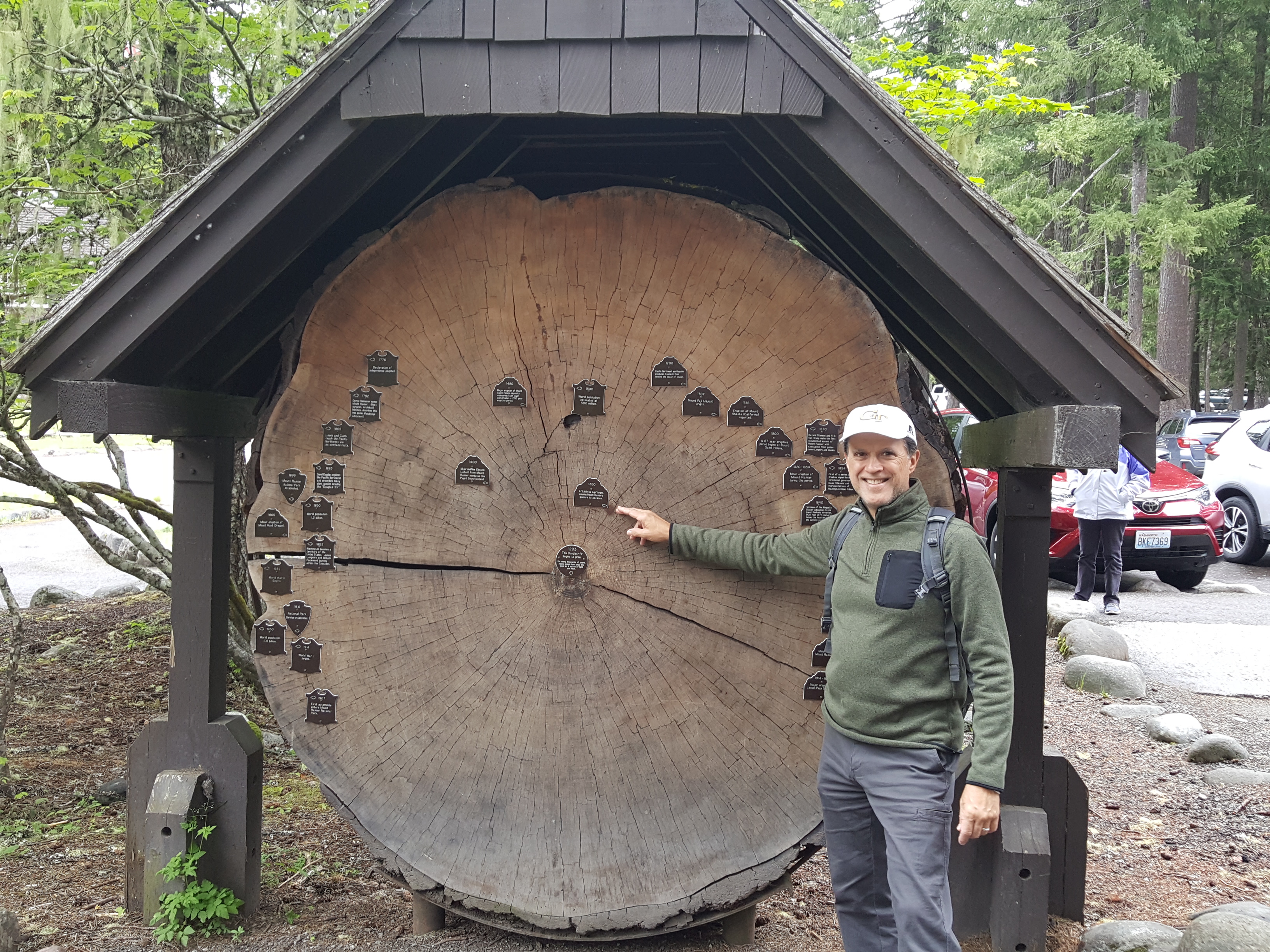After another long break from posting on my website, I finally decided it was time for something new, and different.
As you know, I am engineer by training, and have always been interested in science. I also place a great deal of value on the application of common sense, which I consider to be a real valuable asset because it appears to be so scarce. In fact, you may note that I have the saying “what is common sense is not common practice” on my website’s main page.
My work for the past 30 years or so has immersed me in the identification and analysis of events that cause disruptive impacts to work in the construction industry, and the quantification of the effects from those events. It is therefore only natural that the consequences of the recent events and the actions taken since the onset of the Coronavirus pandemic have become a subject of serious curiosity to me. I have been particularly interested in the longer-term impacts that will take place from the decisions that ensued in response to the arrival of this virus.
Coincidentally, I was asked to give a talk to the Construction Executives Association of South Florida this month on a topic of interest to its members. Since the subject of my talk was left up to me, I decided to share my early views on the impact of the pandemic, which is still evolving and will continue to do so for some time. I may post an update to this presentation in the future, as appropriate, to adjust for my view of the corresponding impacts as this event continues to evolve.
The debut of the Coronavirus earlier this year triggered a series of unprecedented events. Most significant among them: fear, medical emergency declarations, and massive shutdowns of major portions of the economies around the world by government decrees, and other actions. These steps were taken in the name of protecting us from the health risks of course. While most people anticipate there will be consequences from these actions, it doesn’t appear to me that most people believe that the effects will be anywhere as serious as I foresee them to be.
I decided to share a summary of some slides from my talk to the CEA in pdf format which will allow you to capture the essence of my views which were presented to the group of construction executives on June 1, 2020. To view the presentation click on the download link below.
I hope you found the presentation worthwhile. My purpose was to make you think outside the box a bit, definitely beyond what most business news services are offering in their opinion of what lies ahead.
I would like to close this post by letting you know that I have decided to focus most of my consulting work in the area of training and education through in-house and web-based seminars and classes. I will continue to offer advice to select clients on their construction claims, but I will be limiting that involvement to claims avoidance through proper documentation, and provide management and oversight of their claims. I will also continue to work in a consulting role with construction attorneys on a selective basis.
I look forward to hearing from you if you have any comments concerning this issue of Lessons Learned. Please stay healthy and most importantly, use common sense! With my best regards to all until my next issue, Paco Farach.
© Farach Consultants, Inc. • all rights reserved • 954.579.5058






